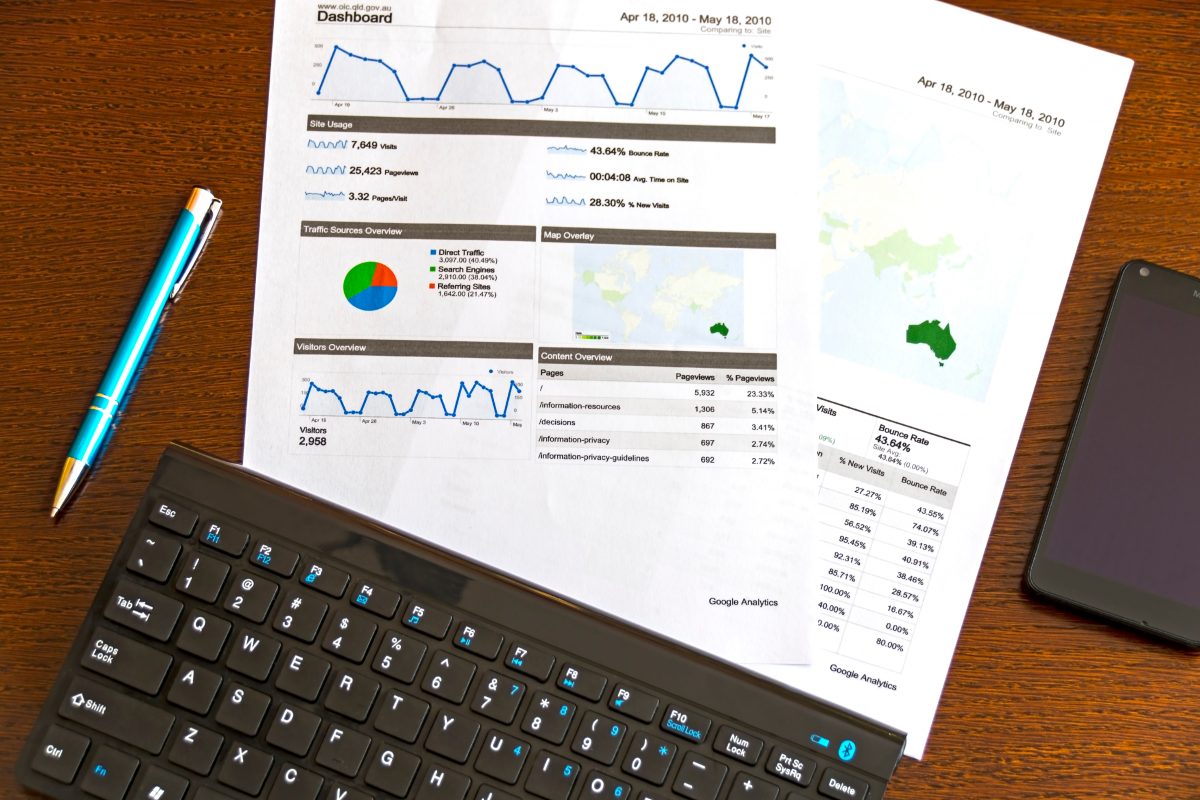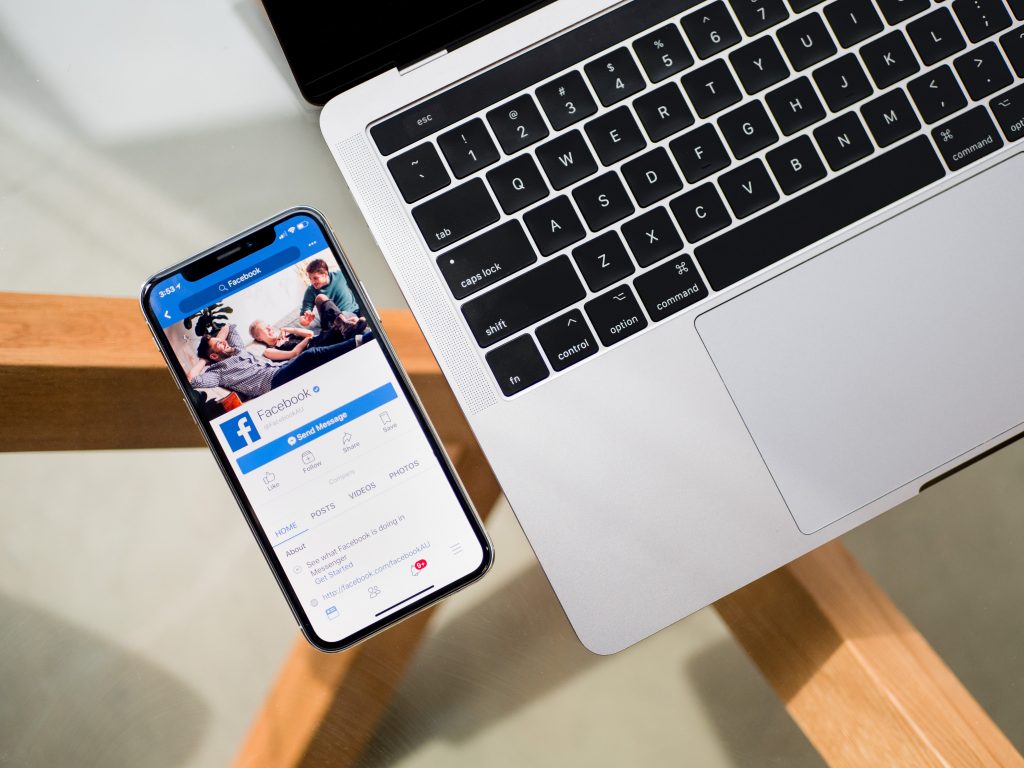
4 Strategies to Grow Your D2C Brand
It’s estimated that direct-to-consumer (D2C) brand sales will reach $17.75 billion in 2020 — an increase of almost 25% from last year.
The COVID-19 crisis might have something to do with that. But even though the virus has caused an overall upswing in online shopping, this isn’t necessarily the case across all product types. Most people today are buying must-have items, rather than nice-to-have products and services.
Brands that sell directly to consumers, and especially those that fall under the nonessential category, face a difficult future. For instance, health and safety products, as well as digital streaming services, have seen increased demand — but fashion and apparel sellers are experiencing significant losses.
Some D2C companies will undoubtedly fail. But many will survive. For those that do weather the storm, survival will depend heavily on using the right marketing tactics.
Here are four tried-and-tested strategies to help you secure and grow your D2C brand, even during the COVID-19 pandemic.
1. Social Media Marketing
For a majority of D2C brands, social media is the most effective channel for online customer acquisition. Considering that more than half of all social media users use social media to research products, that kind of makes sense.
But as a brand, being active on social media isn’t enough to attract and retain customers. You also need to have a clear strategy — preferably one that doesn’t rely solely on promotional posts and ads.
Almost 80% of customers won’t hesitate to unfollow a brand that bombards them with sales pitches. And over 50% of consumers will unfollow a brand that shares irrelevant content.
So, what do customers want to see from brands they follow on social media?
Engaging, informative, micro-focused content that’s also timely, says Matt Seltzer, a market research and strategy consultant at S2 Research. Seltzer recommends looking at Wendy’s and Arby’s, two successful fast food D2C brands, for inspiration on how to stay top-of-mind with consumers via social media.
One of their keys to success? Creating and sharing social media video content to capture customer attention. If you’re not sure why video is such a powerful medium for D2C brands and social media marketing, consider that over 70% of customers prefer to learn about a product or service through video.

2. Personalized Shopping Experience
The average American customer is exposed to between 4,000 and 10,000 ads per day (up from about 500 ads per day in the 1970s). To protect their sanity, most people have learned to ignore the vast majority of ads and focus only on the stimuli most relevant to them.
That might seem like bad news for marketers. In reality, however, reaching your customers isn’t any more difficult than it was 50 years ago — as long as you invest in personalization.
Consumers crave customized experiences. As many as 80% of customers are more likely to buy from brands that provide personalized shopping experiences. And 71% feel frustrated when a shopping experience isn’t personalized.
A further 70% of customers say they’d even let retailers track their shopping behavior if it resulted in an improved shopping experience.
Regardless of whether you’re creating website content, placing a social media ad, or sending an email campaign, make sure that your message speaks to each of your customers on an individual level (tip: omnichannel analytics might help).
3. Influencer Partnerships
If you’re not yet working with social media influencers (individuals with a considerable following in a specific niche), you’re not only missing out, but you’re also a minority.
More than 9 out of 10 marketers today use influencer marketing — and for good reason. For every $1 that brands invest in influencer marketing, they generate an average return of $18 in publicity value.
How is that possible? People really do follow influencer suggestions and behavior. Nearly 50% of consumers say they rely on influencer recommendations to help them make purchasing decisions. Moreover, 8 out of 10 customers have bought a product or a service after seeing it recommended by an influencer.
Yes, influencer marketing is undoubtedly powerful; but it needs to be handled thoughtfully. As more brands rush to secure deals with influencers, there’s a risk of oversaturating social platforms with sponsored content and reviews — which could actually reduce consumer trust in influencers.
The trick is to find the right influencers for your brand, rather than partnering with anyone and everyone with an audience. Your ideal influencers are those who speak to the same audience as your brand. Their followers are most likely to have a genuine interest in your product or service.
Finding influencers who are the right fit for your marketing campaigns isn’t easy. But it’s worth it, especially for D2C brands. D2C shoppers are almost three times more likely than traditional shoppers to admit that influencers and celebrities sway their perception of a brand.

4. User-Generated Content
Like influencer marketing, user-generated content (UGC) can also be a powerful tool in your digital marketing arsenal.
In fact, UGC is actually almost 10 times as impactful as influencer marketing. Unlike influencer content, which is usually paid for by a brand, UGC is a genuine expression of customer appreciation — and is, therefore, more trustworthy.
One D2C brand that has nailed user-generated marketing is Chewy, a pet supply store.
“Chewy’s branding on their boxes and the concept of your pets getting food and treats in the mail every month translates perfectly into excited pet photos and videos on Facebook, Twitter, and Instagram,” says Boone Clemmons, Chief Strategy Officer at Brandwagon LLC. “There are also a large number of posts where pets excitedly open their Chewy box, as well as many posts of tired cats and dogs using their Chewy boxes as beds.”
So, how can you follow Chewy’s lead and get customers to post UGC about your brand? Oftentimes, it’s just a matter of asking! For example, over 60% of consumers say they would post about good health or beauty product experience on social media.
By encouraging consumers to share the photos and videos they create, you can inspire them to engage with your brand and produce authentic content that will lead to a larger audience and pool of customers.
Final Thoughts
With most retail stores closed and consumers under lockdown at home, e-commerce sales are booming. According to ACI Worldwide, many online retail sectors experienced a 74% increase in sales in March 2019 compared to March 2018. Also, nearly 10% of U.S.-based consumers purchased something online for the first time that same month due to social distancing.
The takeaway? It’s quite likely that the COVID-19 pandemic will change consumer shopping habits long term. So, what are you waiting for? Get on board with these strategies now to establish your brand as a leader in D2C marketing.
About the author

Laura Martisiute is a freelance writer with Plytix, a headless product information management system designed for fast-growing product brands. She’s a content marketing specialist with years of experience diving deep into the latest research on technology, business, and marketing.
LinkedIn: https://www.linkedin.com/company/plytix-com/
Twitter: https://twitter.com/plytix





























